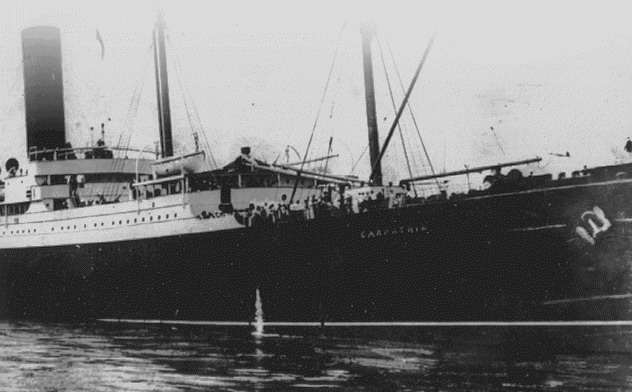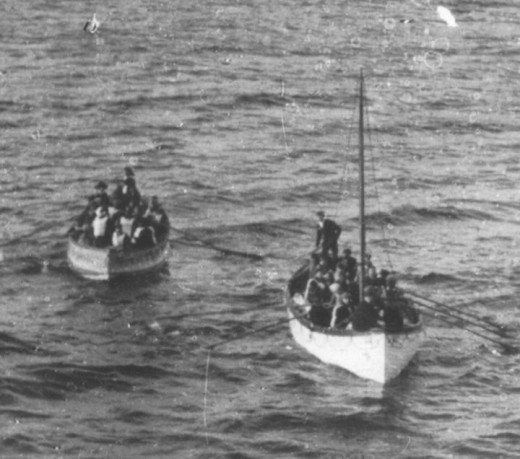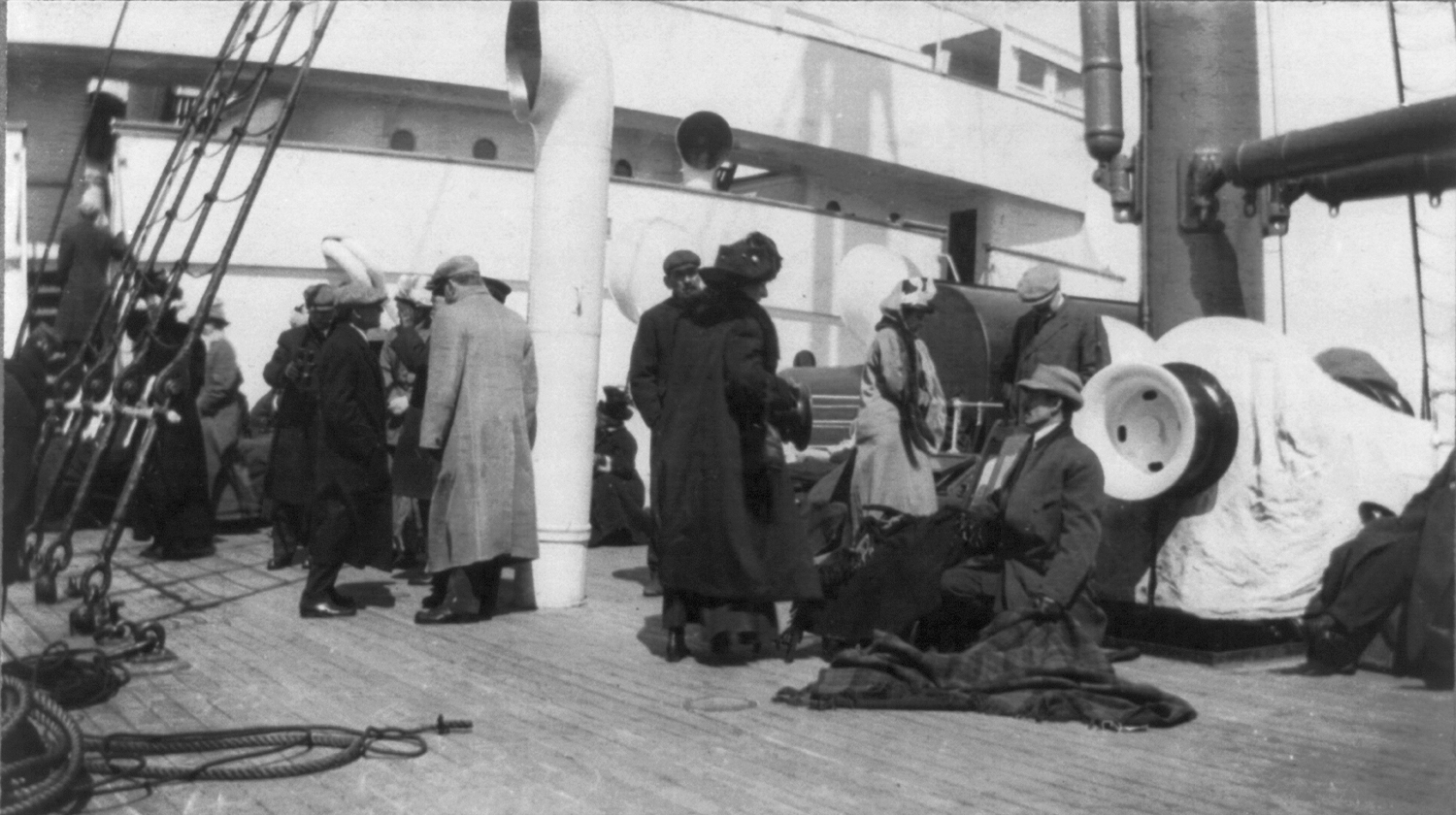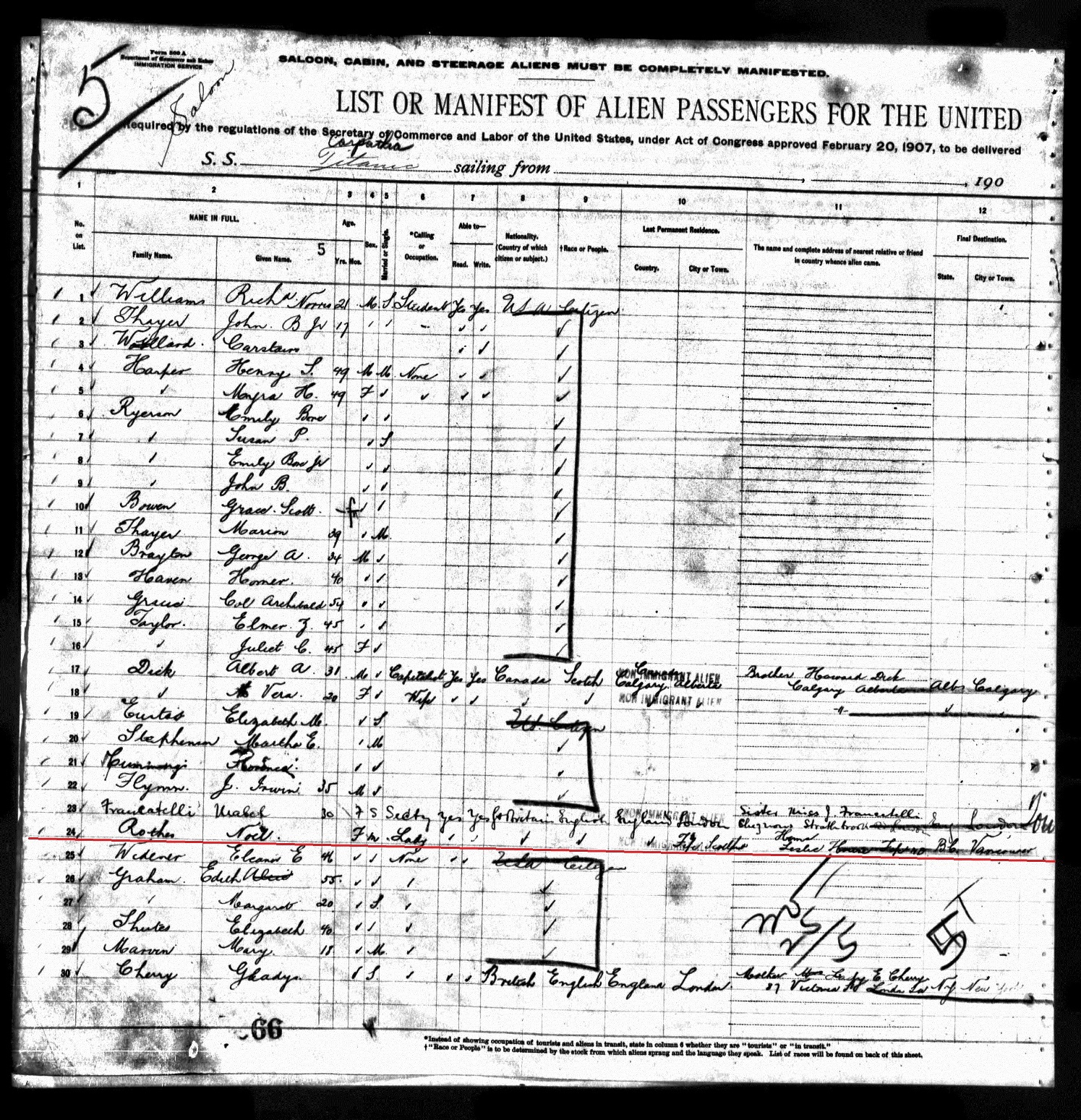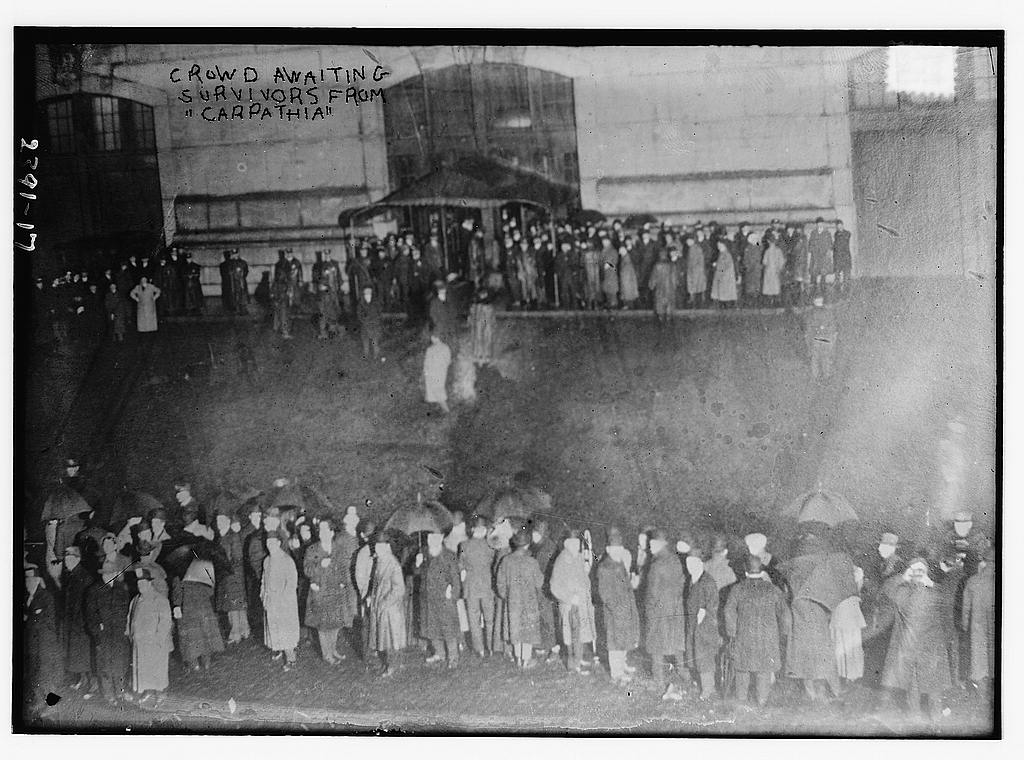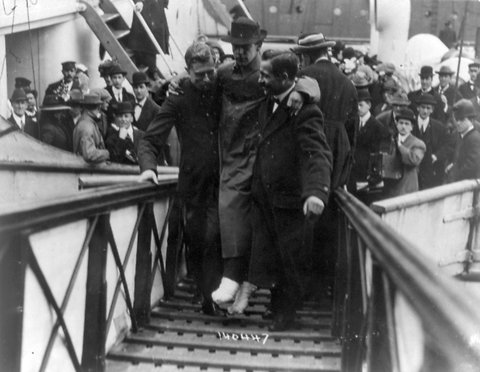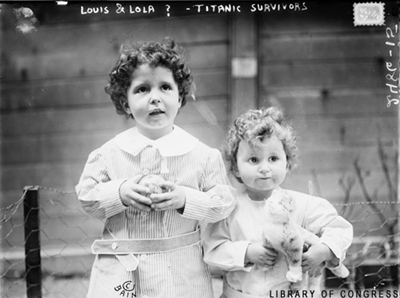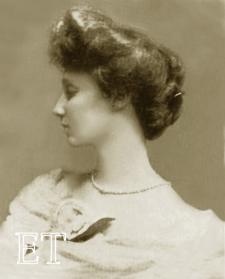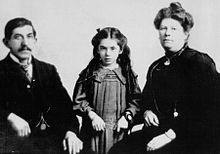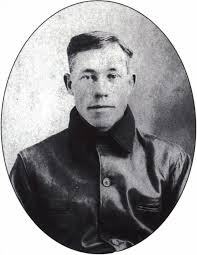Titanic in the News: Artifact Auction
/In 1985, oceanographer Robert Ballard located the remains of the Titanic. Beginning in 1987, Premier Exhibitions Inc., the company responsible for the traveling Titanic exhibits, began a 30-year recovery of artifacts. Now, an auction of over 5,000 Titanic artifacts is scheduled for this November.
Titanic Artifacts
Eventually named “salvor-in-possession” by a US judge in 1994, Premier Exhibitions and its subsidiary RMS Titanic Inc. has recently filed for bankruptcy. They owe their creditors more than $10 million, and hope to pay them back as well as their stockholders with proceeds from a November auction. In 1914, the value of the artifacts potentially up for auction was estimated by a fine arts appraiser to be at least $218 million.
A group of very interested buyers is led by James Cameron, Academy Award-winning director of the movie “Titanic”. Cameron has made several expeditions to the site of the ship’s sinking. Another member of the group is Titanic’s discoverer, Robert Ballard.
j cameron
"Titanic" Director James Cameron
robert ballard
Robert Ballard
Ballard recently appeared in federal court to express his concerns about protecting the wreckage and the artifacts. “My fear…is that the artifacts could potentially disappear from public view, be damaged or lost to the world at large,” he told the court. He stated he represents the feelings of all the group members, including Cameron, the National Maritime Museum at Greenwich in London, and the Titanic Belfast exhibition center. If the group is the highest bidder for the artifacts, it is hoped the items will be protected and preserved for generations to come.
Survivors of Titanic as well as rescuers have sold recovered items in the past, including two menus that sold for $140,000 in 2012, and a violin that raised $1.45 million at auction in 2013.
Some of the items up for auction will be a bronze cherub from the ship’s grand staircase, a sapphire-and-diamond ring, a steward’s jacket, and a silver-plated chocolate pot.












